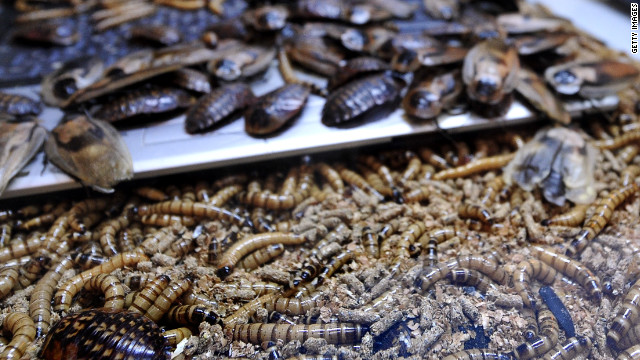
Today is the day we celebrate witches and warlocks, toxic brews and zombies that come to life. I like to think of witches and warlocks not as evil creatures but simply back yard chemists and drug users. Much like the guy with a meth lab today. The "flying" that has made witches famous. Likely due to use of hallucinogens. There are many people who think they can fly after taking drugs. Why not witches? The green color they are associated with? The hallucinogens came from plants, green plants. So they are green from grinding up jimson weed and flying around secondary to delirium. But the broomsticks? The broomsticks may have simply been a method of drug delivery. It could have been an easy method getting drug to your skin. Or the world's must uncomfortable suppository. Either way, the broomstick could have been a way to take a drug. But zombies, there is no explaining that, right?. Maybe there is... Haitian voodoo practitioners know how to extract the neuro toxin from puffer fish, tetrodotoxin. The toxin causes paralysis of the face and extremities, speech impairment and slowed respirations. Let's see... barely breathing, can't move your arms and face, can't talk. Sounds dead to me. Now bury the victim. Let the toxin wear off, dig him up and dead comes back to life. Zombies!
Today is also the day we celebrate costume parties, dressing up and trick-or-treating. Take a minute to read these simple safety tips offered by the American Association of Poison Centers. Most importantly be smart and be safe. And don't let any voodoo doctors mix your drink!








